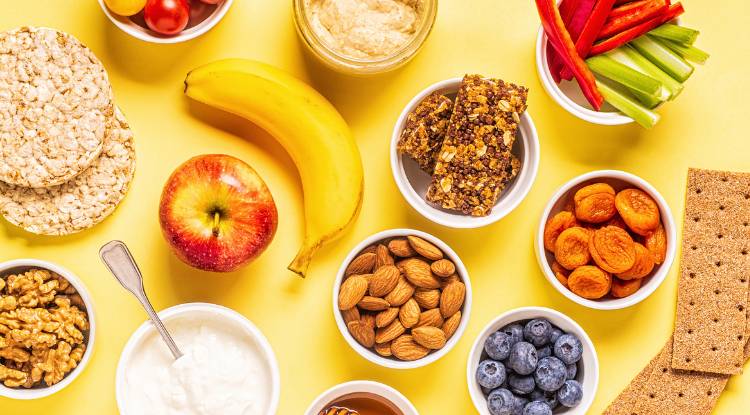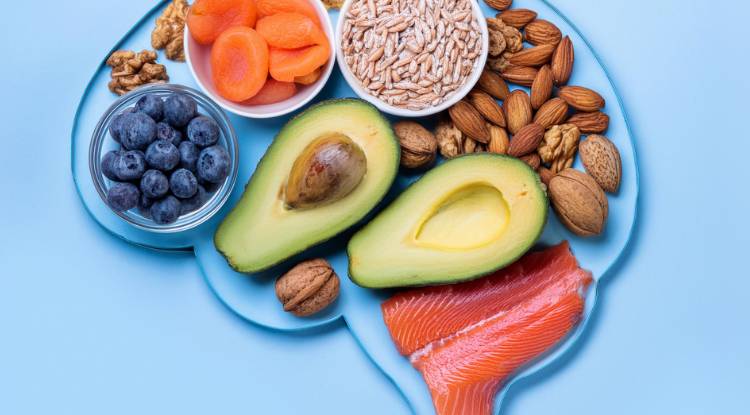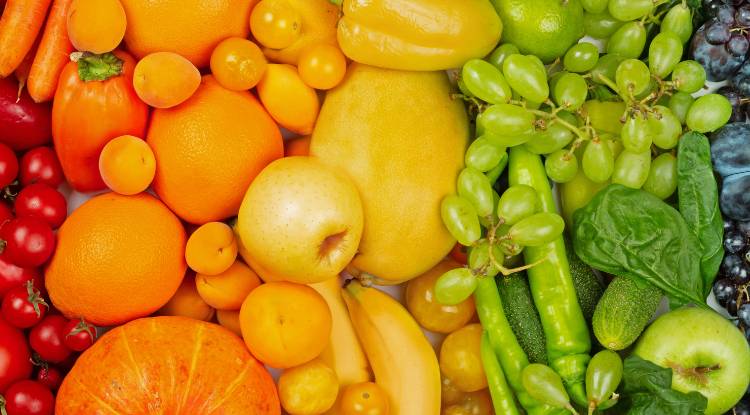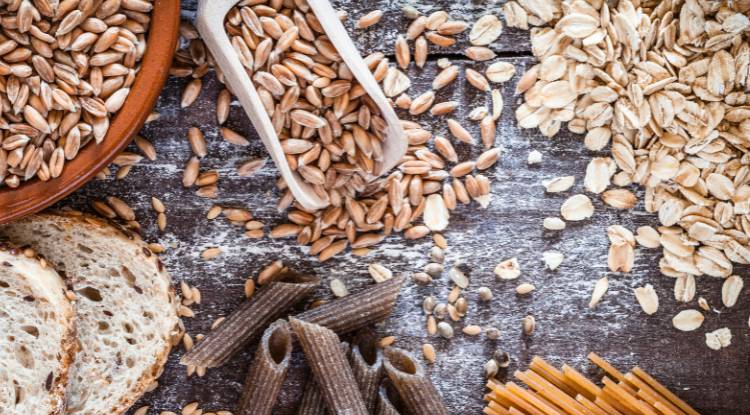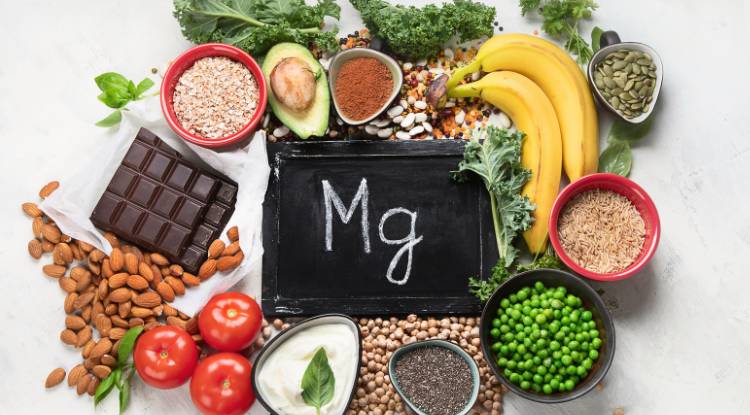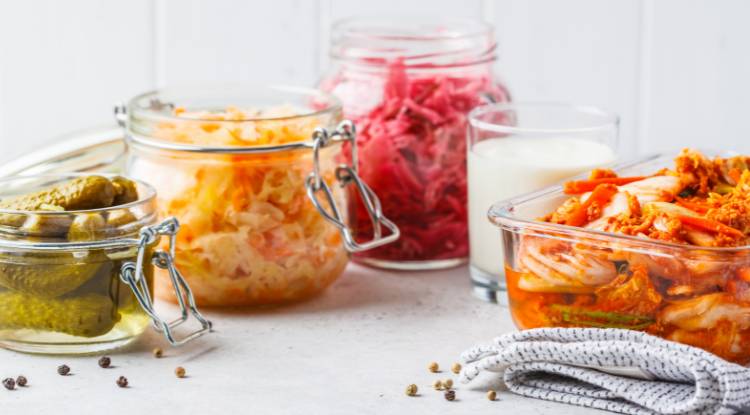How to Eat Well on a Budget: Practical, Nourishing Strategies That Actually Work
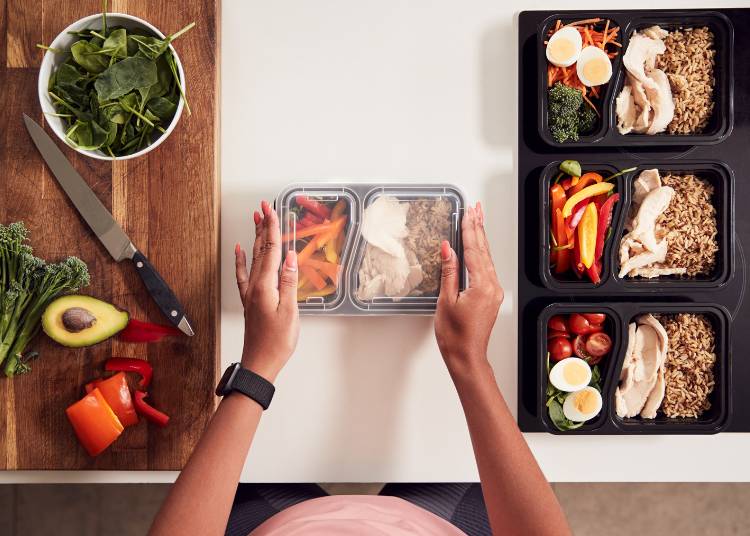
With the rising cost of food, many people feel stretched, stressed, and unsure how to maintain a nourishing routine without overspending. The good news? Eating well doesn’t have to mean buying expensive “superfoods” or following complicated meal plans. In reality, some of the most nutrient-dense foods are also the most affordable, and a few smart habits can make a huge difference to your weekly bill.
This guide breaks down the principles behind budget-friendly healthy eating, offers practical strategies you can start today, and gives you simple swaps that maximise both nutrition and value. Think of it as eating well, the easy way.
Why eating well on a budget is possible
You don’t need a premium food shop or speciality ingredients to support your health. What matters most is consistency and a little planning, not perfection. Research consistently shows that a dietary pattern built around whole foods, plant foods, and balanced meals can improve digestion, energy levels, immunity, and metabolic health.
Many of those foods like beans, lentils, oats, frozen vegetables, tinned fish, seasonal produce are among the least expensive items in the supermarket.
The challenge isn’t usually affording nutritious foods but knowing how to stretch your budget while still enjoying satisfying, flavourful meals. That’s where strategy comes in.
1. Build meals around budget-friendly nutrient superstars
Some foods offer a powerful combination of affordability, versatility, and nutrient density. These staples form the backbone of a budget-conscious, nourishing routine:
Legumes (beans, lentils, chickpeas): They’re high in fibre, protein, iron, B vitamins, and phytonutrients and are cost-effective options, especially when bought dried. Tinned options are still very affordable and great for convenience.
Frozen vegetables and fruit: Frozen produce is often more affordable, longer-lasting, and just as nutritious as fresh. It reduces waste, and you can use only what you need.
Oats: A big bag of oats is one of the cheapest ways to build a high-fibre, slow-release carbohydrate base for breakfasts or baking.
Eggs: Rich in protein, choline, B vitamins, and essential fats, eggs deliver excellent nutritional value for their price.
Budget-friendly protein options: Tinned fish, tofu, edamame, red lentils, and frozen chicken thighs tend to be cheaper per portion than lean cuts or ready-to-cook items.
Root vegetables and seasonal produce: Carrots, potatoes, onions, cabbage, and seasonal fruit are cost-effective and versatile for soups, stews, curries, and roasting.
By leaning on these core foods, you create meals that are both economical and deeply nutritious.
2. Shop with a loose plan—not a rigid meal schedule
A strict seven-day meal plan often leads to waste and frustration. Instead, think in categories or building blocks.
A gentle, flexible plan might look like:
2–3 protein choices you can rotate through
2 grain options (e.g., rice and pasta)
3–5 vegetables (fresh or frozen)
1–2 types of fruit
One snack option that’s satisfying and budget-friendly
This approach keeps structure without boxing you in, allowing creativity and removing the pressure to follow a plan perfectly.
3. Use the “mix and match” meal formula
Instead of fixed recipes, think in terms of components:
Protein + Vegetable + Carb + Flavour
This formula allows you to combine whatever you have on hand.
For example:
Chickpeas + frozen spinach + rice + curry spice mix
Eggs + peppers + potatoes + garlic + paprika
Lentils + carrots + pasta + tomato passata + herbs
It reduces decision fatigue and makes it easier to use up ingredients before they go off.
4. Embrace batch cooking
You don’t have to spend Sunday meal-prepping to save money. A few low-effort habits help enormously:
Cook once, use twice: Make double portions of soups, curries, or traybakes. Eat half now and freeze the rest.
Create “base ingredients”: Cook a batch of rice, quinoa, roasted veg, or lentils at the start of the week. These turn into different meals with just a change of flavour or protein.
Use your freezer as a tool: Freeze leftover portions, herbs, overripe fruit, bread ends, cooked beans, or vegetable scraps for stock.
These small habits preserve food and stretch your budget effortlessly.
5. Buy smart: where to save and where to spend
Save on:
Store-brand staples (oats, rice, pasta, tinned tomatoes, beans)
Frozen fish and veg
Bulk bags of nuts, seeds, or grains
Whole chickens or chicken thighs
Large jars of spices
Multi-packs of yoghurt or tinned foods
Spend on (if helpful):
A few fresh fruit and veg that you genuinely enjoy
Higher-quality protein where you notice the difference
Items that reduce reliance on takeaways because they feel satisfying (e.g., pesto, wraps, grated cheese, quick-cook noodles)
The aim isn’t to buy the cheapest version of everything but to invest where it adds meaning and cut back where it doesn’t.
6. Try “zero-waste” cooking to stretch every ingredient
Food waste is expensive. A few strategies dramatically reduce it:
Turn wilting veg into soup, curry, or a roasting tray
Blend soft fruit into smoothies or freeze for later
Use vegetable scraps (onion ends, carrot peels) to make homemade stock
Portion leftovers immediately so they don’t get forgotten
Keep a “use this first” box in the fridge
Every ingredient has more potential than you think.
7. Make flavour your friend
Budget cooking becomes a joy when meals taste great. Affordable seasonings transform simple ingredients.
Top flavour boosters:
Garlic and ginger (fresh or frozen)
Lemon juice or vinegar
Soy sauce or tamari
Paprika, cumin, curry powder
Dried herbs
Stock cubes or pastes
Chilli flakes
A bowl of rice and beans becomes a completely different meal depending on the seasoning.
8. Use the “two-for-one” rule for new ingredients
To avoid buying something you’ll use once and forget, ask:
“Can I use this ingredient in at least two different meals this week?”
If the answer is yes, it’s usually a worthwhile purchase.
For example:
A bag of carrots can be roasted, added to soup, grated into wraps, or tossed into stir-fries.
Red lentils work in dhal, pasta sauces, soups, and stews.
This keeps your shop economical and your meals varied.
9. Choose budget-friendly snacks that keep you full
Overly processed snacks are often expensive for the nutrition they provide. Instead, try affordable, nutrient-dense options that offer fibre, protein, or healthy fats:
Fruit + a handful of nuts
Yoghurt with oats
Wholegrain toast with peanut butter
Popcorn (homemade is incredibly cheap)
Carrots and hummus
You’ll feel more satisfied for longer, and your wallet will thank you.
10. Use your slow cooker (or oven) to create low-cost, high-comfort meals
Slow cookers make budget staples shine. Because they break down tougher cuts and dried legumes effortlessly, you can create deeply flavoured meals at a fraction of the price.
Think:
Lentil dhal
Bean chilli
Chicken stew
Vegetable curry
Oat-based breakfast bakes
A slow cooker also uses less energy than an oven, adding further savings.
11. When possible, buy seasonally
Seasonal produce tastes better, lasts longer, and is usually cheaper. It also encourages natural variety in your routine.
A simple guide:
Winter: cabbage, carrots, potatoes, citrus
Spring: spinach, asparagus, rhubarb
Summer: berries, tomatoes, courgettes
Autumn: apples, squash, mushrooms
Choosing seasonal items is one of the most powerful yet gentle ways to eat well affordably.
12. Don’t neglect satisfaction
Budget eating shouldn’t feel like punishment. If meals don’t feel enjoyable or filling, cravings and impulse purchases tend to rise.
Build satisfaction with:
Balanced meals that include protein, carbs, fat, and fibre
Warm, comforting dishes in the winter
Fresh, crunchy dishes in the summer
Flavour pairings you genuinely love
Occasional treats that prevent all-or-nothing thinking
Eating well on a budget is not just about thrift. it’s about nourishment and pleasure.
Final thoughts
Eating well on a budget isn’t about restriction, compromise, or living on the cheapest foods possible. It’s about being intentional and resourceful, choosing ingredients that give you the most value, and building meals that feel good nutritionally and emotionally.
Small habits like buying more frozen produce, rotating affordable proteins, using flavour wisely, and planning loosely, can transform the way you eat without placing pressure on your finances.
You deserve meals that nourish your body and your life, no matter your budget. And with a few gentle strategies, that’s entirely possible.

 Funmi Akinola (Msc, Anutr)
Funmi Akinola (Msc, Anutr) 
























